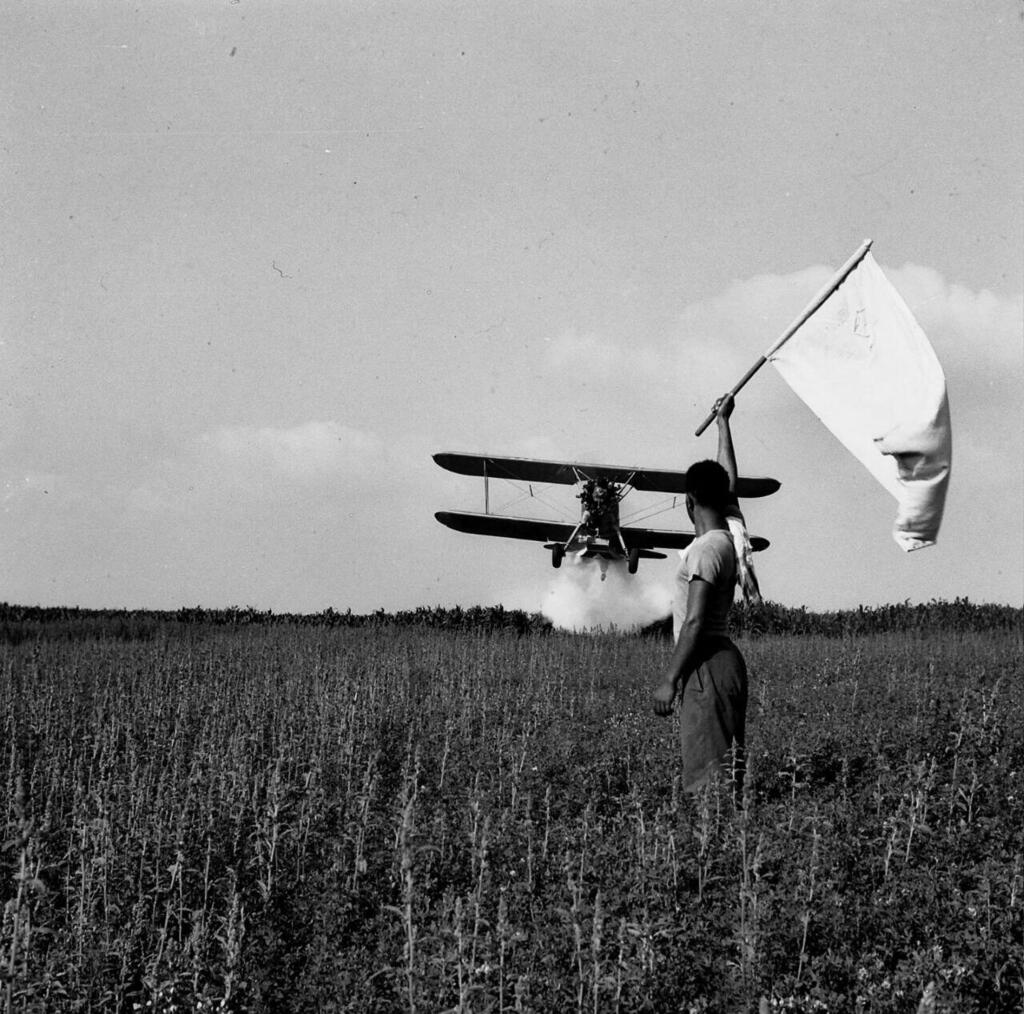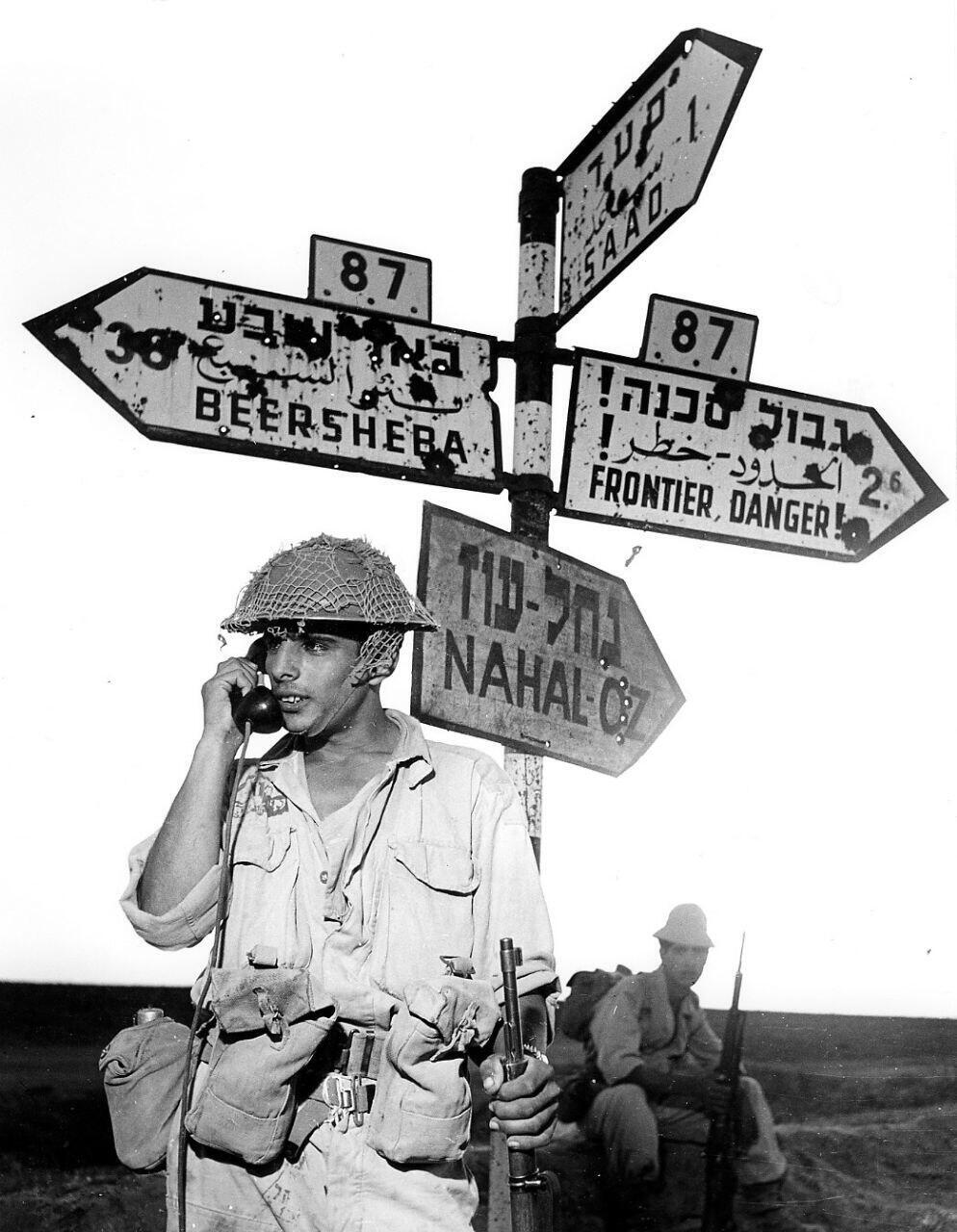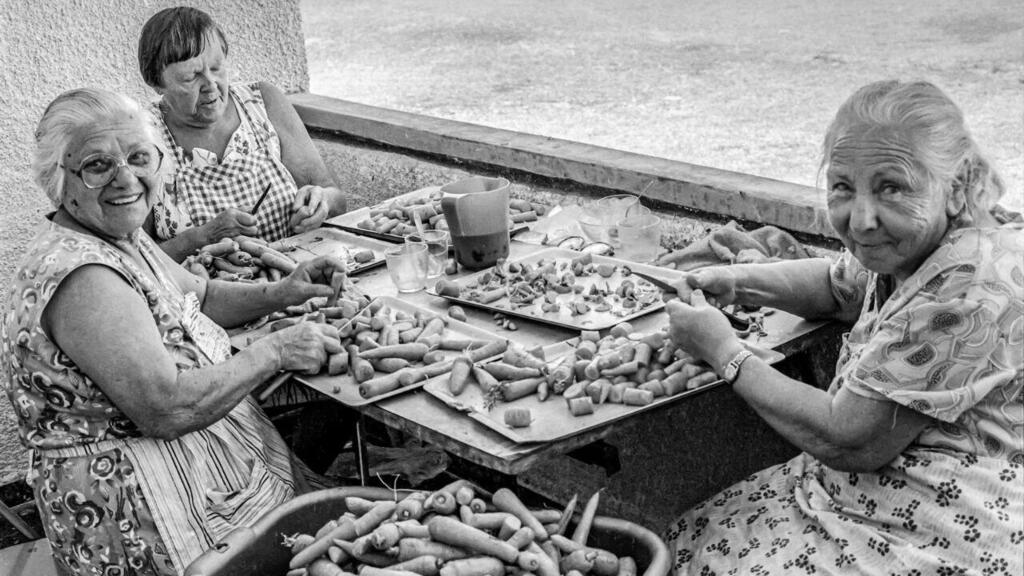Two months after the Kitchen exhibition at Nahal Oz suffered severe damage from the October 7 terrorist attack, it's set to be unveiled once again, this time accompanied by a series of class photos from the community. The renewed exhibition is scheduled to open this weekend in Kibbutz Ein Harod in northern Israel.
Read more:
"A few days into the war, I was inspired to set up a display from a community in the Western Negev, particularly one that had been halted by the disaster," said Ofra Baram, director of the Beit Shturman Museum Ein-Harod and chief curator. "In discussing this with a curator and photography expert, he mentioned the Kitchen exhibition at Nahal Oz, whose status was uncertain post-war."
Baram reached out to Moshe Gross, the original photographer, who risked his safety to evaluate the exhibition's condition. "I found out about Nahal Oz's 70th-anniversary plans for another photography exhibition. We decided to merge the interrupted exhibition with additional photos, creating a broader showcase. The collection spans from 1955 to a month after the recent tragic events. We plan to run the exhibition for about four months," she said.
Gross, 75, a renowned photographer, recounted his long history with Nahal Oz, where he captured the essence of community life. "The Kitchen exhibition, with images from the 1980s, was initially shown last June. It was meant to be followed by another exhibition of class photos," he explained.
"I was at home when I found out. I learned that the community was under attack and later saw the gallery's condition—damaged photos and shattered walls," Gross said, reflecting on the moment he heard about the attack.
Baram's invitation to relocate the exhibition was met with Gross's immediate approval. "I also proposed including the class photos that were to be displayed later," he said.
Among these photos is a poignant image capturing individuals affected by the October 7 massacre. Gross detailed the challenges of returning to Nahal Oz, which was under military closure, but he eventually managed to collect and take additional photos.
Gross described the process of bringing the photographs to the new location, where he worked with a curator to finalize the exhibition. "This exhibition must go on. Together, we've managed to resurrect the damaged display for the public to see once more," he concluded.




